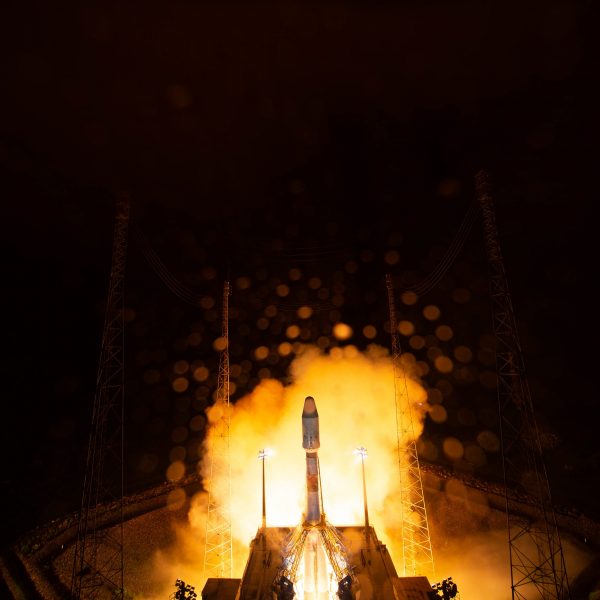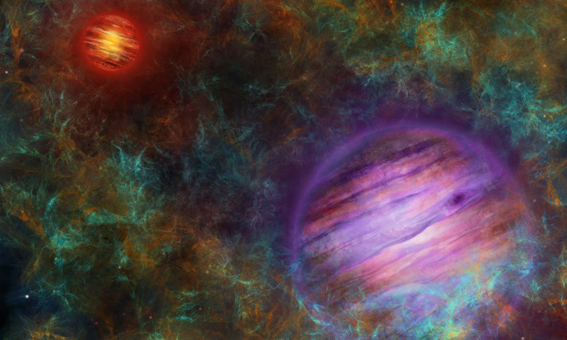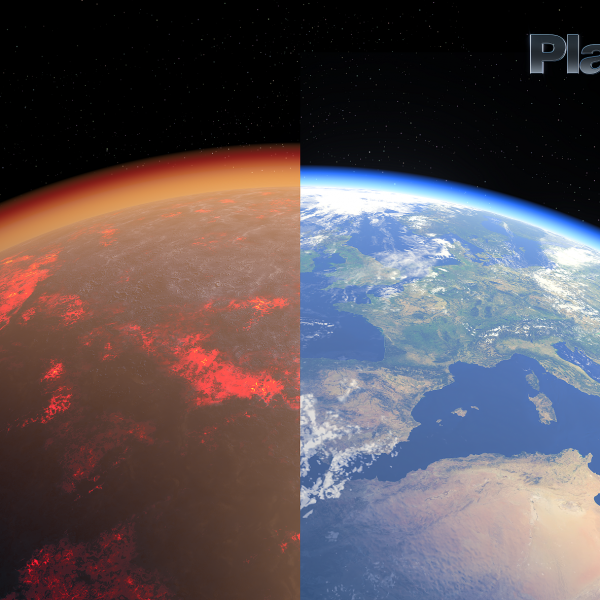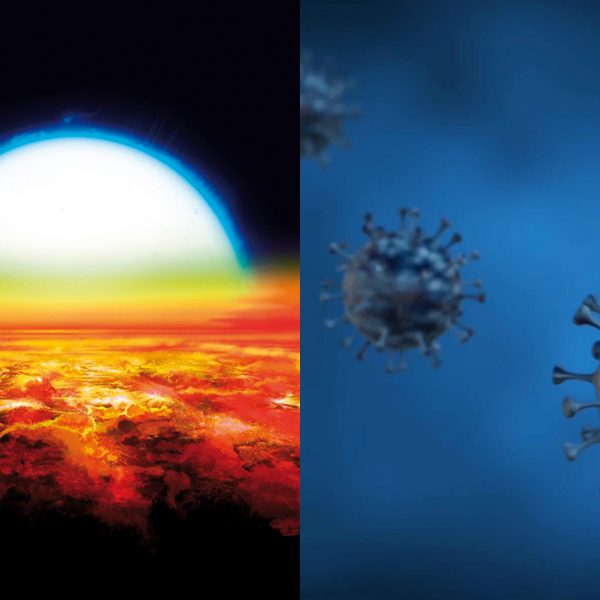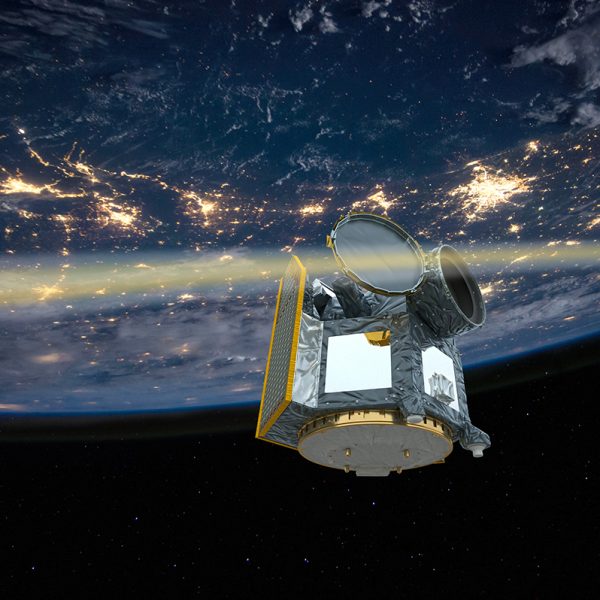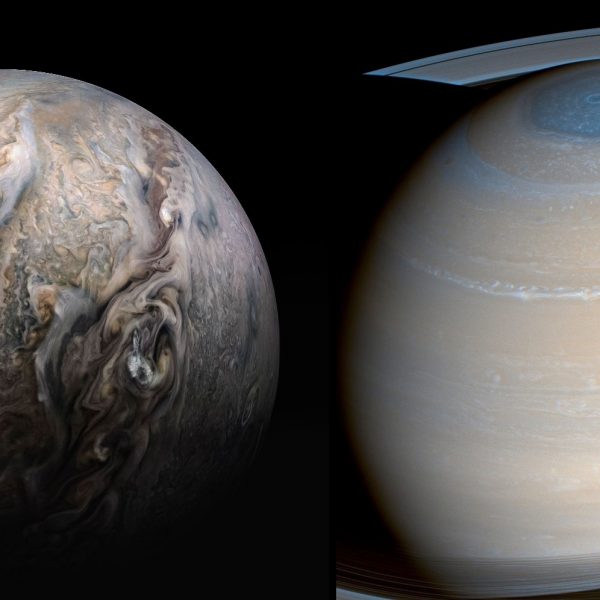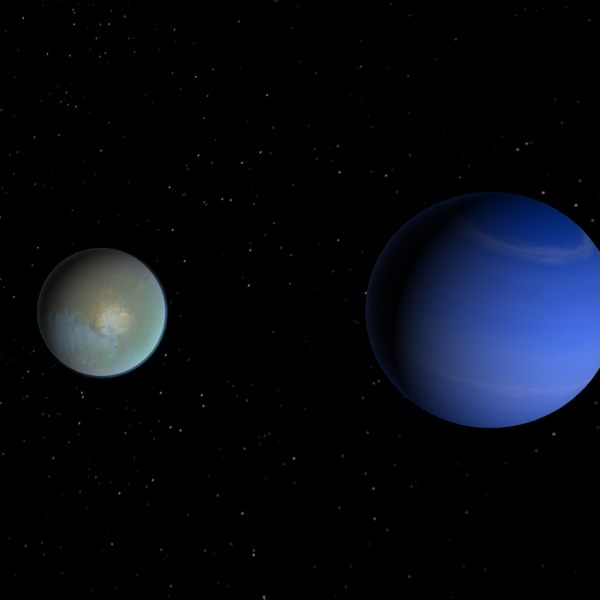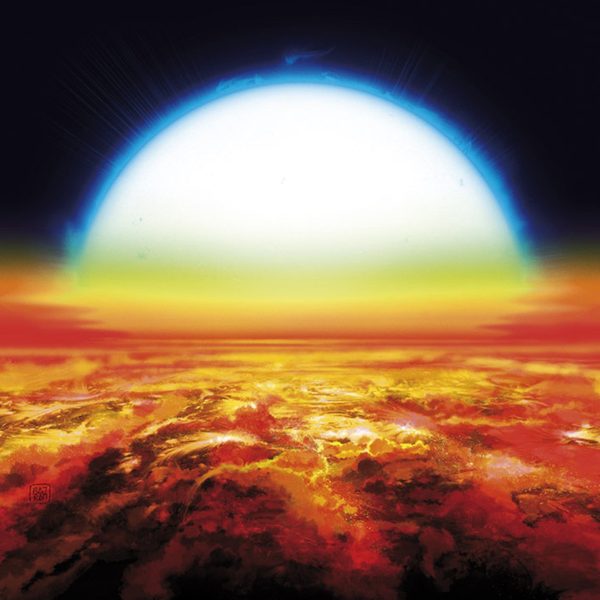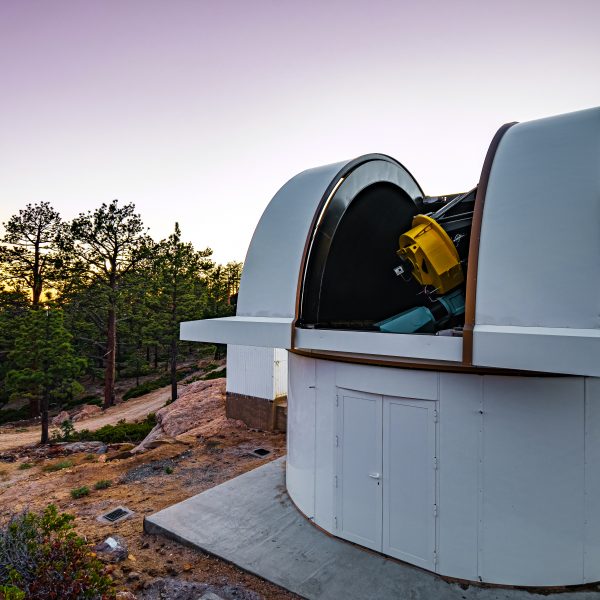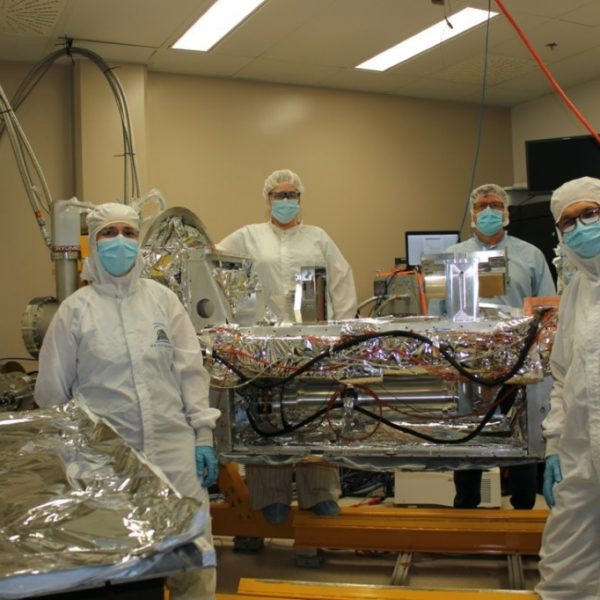News
One-year launch anniversary of CHEOPS
In its first year in orbit, the CHEOPS space telescope has already revealed details of one of the most extreme exoplanets and showed its maneuverability by evading space debris. CHEOPS is a joint mission by the European Space Agency (ESA) and Switzerland, under the aegis of the University of Bern in collaboration with the University […]
Continue ReadingA pair of lonely planet-like objects born like stars
An international research team led by the University of Bern has discovered an exotic binary system composed of two young planet-like objects, orbiting around each other from a very large distance. Although these objects look like giant exoplanets, they formed in the same way as stars, proving that the mechanisms driving star formation can produce […]
Continue ReadingNew insights into Earth’s primeval atmosphere
A team of international scientists, led by the ETH Zurich and the National Centre of Competence in Research (NCCR) PlanetS, has gained new insights into Earth’s atmosphere of 4.5 billion years ago. Their results have implications for the possible origins of life on Earth. Four and a half billion years ago, Earth would have been […]
Continue ReadingWhat exoplanets have to do with the coronavirus
Astrophysicist Kevin Heng and epidemiologist Christian Althaus have just published a joint study. In an interview with “uniaktuell”, the two researchers explain what the spread of infectious diseases such as COVID-19 has to do with exoplanetary chemistry and what they hope to gain from INPUT, a newly founded interfaculty platform. By Brigit Bucher Astrophysics and […]
Continue ReadingCHEOPS had to avoid space debris
Space debris increasingly threatens rockets, the international space station and satellites. At the beginning of October, the CHEOPS space telescope had to make an evasive manoeuvre due to a piece of Chinese space debris. Such approaches can be extremely dangerous, because objects in Earth orbit shoot through space at many times the speed of a […]
Continue ReadingHow giant planets turn gas to metal
New theoretical insights and space mission data have changed our perception of the Solar system’s largest planets. Scientists from the University of Zurich, involved in the National Centre of Competence in Research PlanetS, have reviewed our current state of knowledge. Earth is a terrestrial planet. It consists of a mostly solid rocky crust and molten […]
Continue ReadingHow water explains missing planets
Space exploration telescopes have revealed that planets between the size of 1.3 and 2.4 Earth radii seem to be c comparatively rare. Scientists under the lead of the International Space Science Institute and the National Centre of Competence PlanetS have found a remarkably simple explanation. Since 1995, scientists have found over 4000 planets outside the […]
Continue ReadingMSc project – Laboratory simulations of the influence of interior composition on exoplanetary atmospheres
Original Content – https://sirop.org/app/7496d233-5832-4519-9367-1617972b92c7 Observations of exoplanet atmospheres provide information as to their composition. In order to link these signatures to their interiors, this project employs high temperature/high pressure experiments to determine the likely compositions of their mantles and atmospheres formed from their evaporation Keywords: Exoplanet, interior, evaporation, atmosphere, experiment, high temperature, high pressure, mantle, […]
Continue ReadingTwo planets around a red dwarf
The “SAINT-EX” Observatory, led by scientists from the National Centre of Competence in Research NCCR PlanetS of the University of Bern and the University of Geneva, has detected two exoplanets orbiting the star TOI-1266. The Mexico-based telescope thus demonstrates its high precision and takes an important step in the quest of finding potentially habitable worlds. […]
Continue ReadingNIRPS spectrograph delivers its first images in Quebec
The NIRPS spectrograph optical components has been successfully integrated and aligned into its cryogenic vacuum chamber and delivered its first images in August in the Université Laval’s laboratory. This is an important step before the instrument being installed on the 3.6-m ESO telescope in La Silla, Chile and joining the well-known high-resolution spectrograph HARPS to […]
Continue Reading
